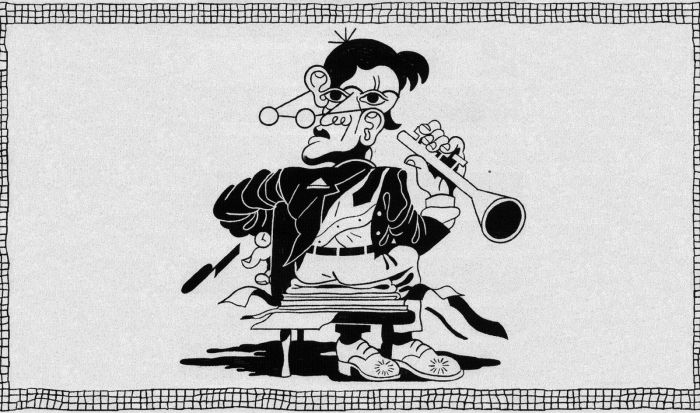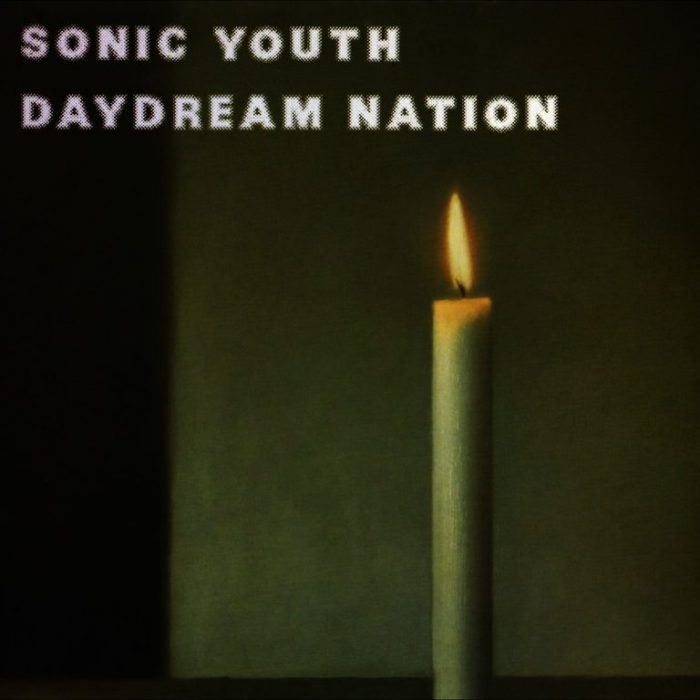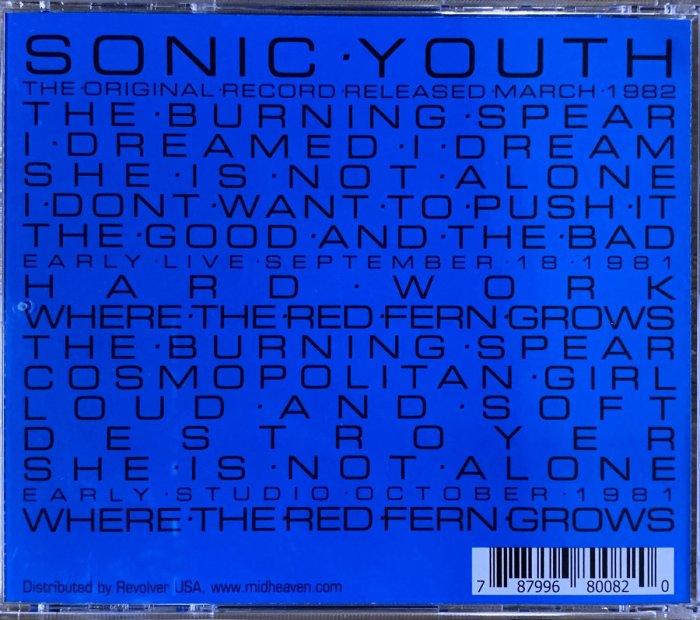Sonic youth often experimented with techniques from avant-garde classical music. – Sonic Youth, known for their experimental and innovative approach to music, often incorporated techniques from avant-garde classical music into their work. This fusion created a unique and groundbreaking sound that influenced the development of alternative and experimental music genres.
Avant-garde classical music techniques, characterized by their unconventional and experimental nature, provided Sonic Youth with a rich source of inspiration. Composers like John Cage and Karlheinz Stockhausen, known for their radical approaches to composition, had a significant impact on the band’s musical development.
Avant-garde Classical Music Techniques in Sonic Youth’s Work
Avant-garde classical music techniques encompass experimental approaches to composition, performance, and sound exploration. These techniques challenge traditional musical conventions and often incorporate elements from non-musical disciplines such as noise, improvisation, and electronics.
Sonic Youth embraced avant-garde classical techniques in their music, pushing the boundaries of rock and alternative genres. They employed extended instrumental techniques, such as prepared guitars and bowed cymbals, to create unconventional soundscapes.
Specific Examples of Avant-garde Classical Influences
- “The Diamond Sea”:Features a shimmering, dissonant drone created using prepared guitars, reminiscent of the extended string techniques used in avant-garde classical works.
- “Schizophrenia”:Incorporates controlled feedback and noise, similar to the aleatoric and indeterminate elements found in works by John Cage.
- “Shadow of a Doubt”:Explores the use of silence and sparse instrumentation, influenced by the minimalist aesthetics of composers like Morton Feldman.
Influences on Sonic Youth’s Avant-garde Experimentation: Sonic Youth Often Experimented With Techniques From Avant-garde Classical Music.

Composers like John Cage and Karlheinz Stockhausen, Sonic youth often experimented with techniques from avant-garde classical music.
Sonic Youth were influenced by the experimental and radical ideas of avant-garde composers such as John Cage and Karlheinz Stockhausen. Cage’s emphasis on chance and indeterminacy, as well as Stockhausen’s exploration of electronic and spatial music, resonated with Sonic Youth’s desire to break free from conventional musical structures.
New York City Art Scene
The New York City art scene of the 1980s and 1990s provided a fertile environment for Sonic Youth’s experimentation. They collaborated with visual artists and attended exhibitions that challenged traditional notions of art, inspiring them to approach music with a similar experimental mindset.
Band Members’ Musical Backgrounds
The band members’ diverse musical backgrounds contributed to their unique sound. Guitarist Thurston Moore had a classical guitar background, while bassist Kim Gordon had experience in noise music. Drummer Steve Shelley brought a jazz and experimental music perspective to the group.
Sonic Youth’s Impact on the Avant-garde Music Scene

Sonic Youth’s experimentation had a profound impact on the development of alternative and experimental music genres. They inspired a generation of musicians to embrace noise, dissonance, and improvisation, pushing the boundaries of what was considered “rock” music.
Collaborations with Other Avant-garde Artists
Sonic Youth collaborated with other avant-garde artists, such as Glenn Branca and Lydia Lunch, further expanding their experimental reach. These collaborations fostered a sense of community and cross-pollination of ideas within the avant-garde music scene.
Critical Reception
Sonic Youth’s avant-garde work received mixed critical reception. Some critics praised their innovative and boundary-pushing approach, while others criticized their music as chaotic and inaccessible. Despite the divided opinions, Sonic Youth’s influence on the avant-garde music scene remains undeniable.
Sonic Youth’s Legacy in Avant-garde Music

Timeline of Avant-garde Experimentation
- 1982:Release of their debut album “Confusion Is Sex,” which showcased their early experimental tendencies.
- 1987:“Sister,” a pivotal album that fully embraced avant-garde techniques, featuring extended guitar solos and noise experiments.
- 1990:“Goo,” a more accessible album that still retained some of their experimental edge.
- 1992:“Dirty,” a return to their more experimental roots, with tracks like “100%” pushing the boundaries of rock music.
- 1995:“Washing Machine,” a collaborative album with Lydia Lunch that further explored avant-garde and industrial sounds.
Ongoing Influence
Sonic Youth’s avant-garde legacy continues to inspire contemporary musicians. Their experimental approach and willingness to challenge musical norms have paved the way for a new generation of artists to push the boundaries of sound.
Comparison to Other Notable Avant-garde Musicians
| Sonic Youth | Other Notable Avant-garde Musicians |
|---|---|
| Extended guitar techniques (prepared guitars, bowed cymbals) | Derek Bailey (free improvisation, extended guitar techniques) |
| Use of noise and feedback | Merzbow (noise music), Whitehouse (power electronics) |
| Exploration of silence and minimalism | Morton Feldman (minimalist composition), John Cage (indeterminate music) |
Answers to Common Questions
What is avant-garde classical music?
Avant-garde classical music is a genre of classical music that emerged in the 20th century and is characterized by its experimental and unconventional nature. It often incorporates elements of noise, indeterminacy, and extended techniques.
How did Sonic Youth incorporate avant-garde classical techniques into their music?
Sonic Youth incorporated avant-garde classical techniques into their music through the use of extended techniques on their instruments, such as playing with mallets or bows, and by incorporating elements of noise and indeterminacy into their compositions.
What are some specific examples of Sonic Youth songs that showcase avant-garde classical influences?
Some specific examples of Sonic Youth songs that showcase avant-garde classical influences include “The Diamond Sea,” “White Cross,” and “Cross the Breeze.”